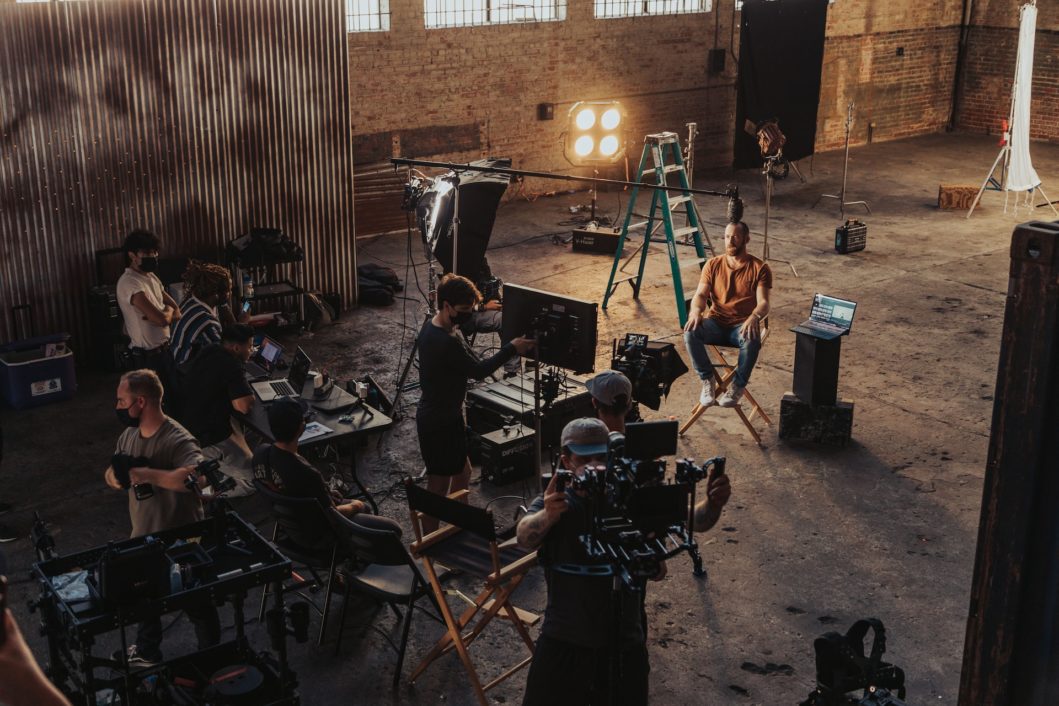Filmmaking is a powerful medium that combines various artistic elements to tell compelling stories. At the heart of this craft lies the art of visual storytelling, a fundamental aspect that can elevate a film from being just a collection of moving images to a captivating and immersive experience for the audience. In this article, we will explore some key techniques that filmmakers can employ to enhance their visual storytelling prowess.
- Composition:
One of the essential elements in visual storytelling is composition. It involves the arrangement and placement of elements within the frame to create visually pleasing and meaningful images. Filmmakers can use the rule of thirds, leading lines, and symmetry to guide the viewer’s eye and emphasize important elements within the scene. Experimenting with different compositions can add depth and visual interest to the narrative.
- Lighting:
Lighting plays a crucial role in setting the mood and atmosphere of a film. Filmmakers can use different lighting techniques such as high key, low key, or chiaroscuro to evoke specific emotions or enhance the narrative. Understanding the interplay of light and shadow can create visually stunning and dramatic scenes that resonate with the audience.
- Color:
The choice and use of color in a film can greatly influence its tone and evoke emotional responses. Filmmakers can utilize color theory to enhance storytelling. For example, warm colors like red and orange can evoke passion or intensity, while cool colors like blue and green can create a sense of calm or melancholy. Consistent color palettes or contrasting colors can be employed to create visual motifs or highlight important story elements.
- Framing and Camera Movement:
The framing of shots and camera movement are powerful tools in visual storytelling. Filmmakers can choose between various shot types such as wide shots, close-ups, or POV shots to convey different perspectives and emphasize specific details. Camera movement techniques like tracking shots, dolly shots, or handheld shots can add dynamism and immersion to the narrative, guiding the audience’s attention and enhancing the emotional impact of the story.
- Visual Metaphors and Symbolism:
Visual metaphors and symbolism can enrich the storytelling by conveying abstract concepts or deeper meanings through visual cues. Filmmakers can use objects, colors, or recurring motifs to symbolize themes, character arcs, or plot developments. These symbolic elements engage the audience on a subconscious level and invite them to interpret the story beyond its literal narrative.
Conclusion:
Mastering the art of visual storytelling is a continuous journey for filmmakers. By incorporating techniques such as composition, lighting, color, framing, camera movement, and symbolism, filmmakers can elevate their storytelling to new heights. It is essential for filmmakers to experiment, explore, and find their unique visual style that aligns with the story they want to tell. By skillfully employing these techniques, filmmakers can create visually stunning and emotionally resonant films that leave a lasting impact on the audience. Remember, every frame is an opportunity to craft a compelling visual story.

